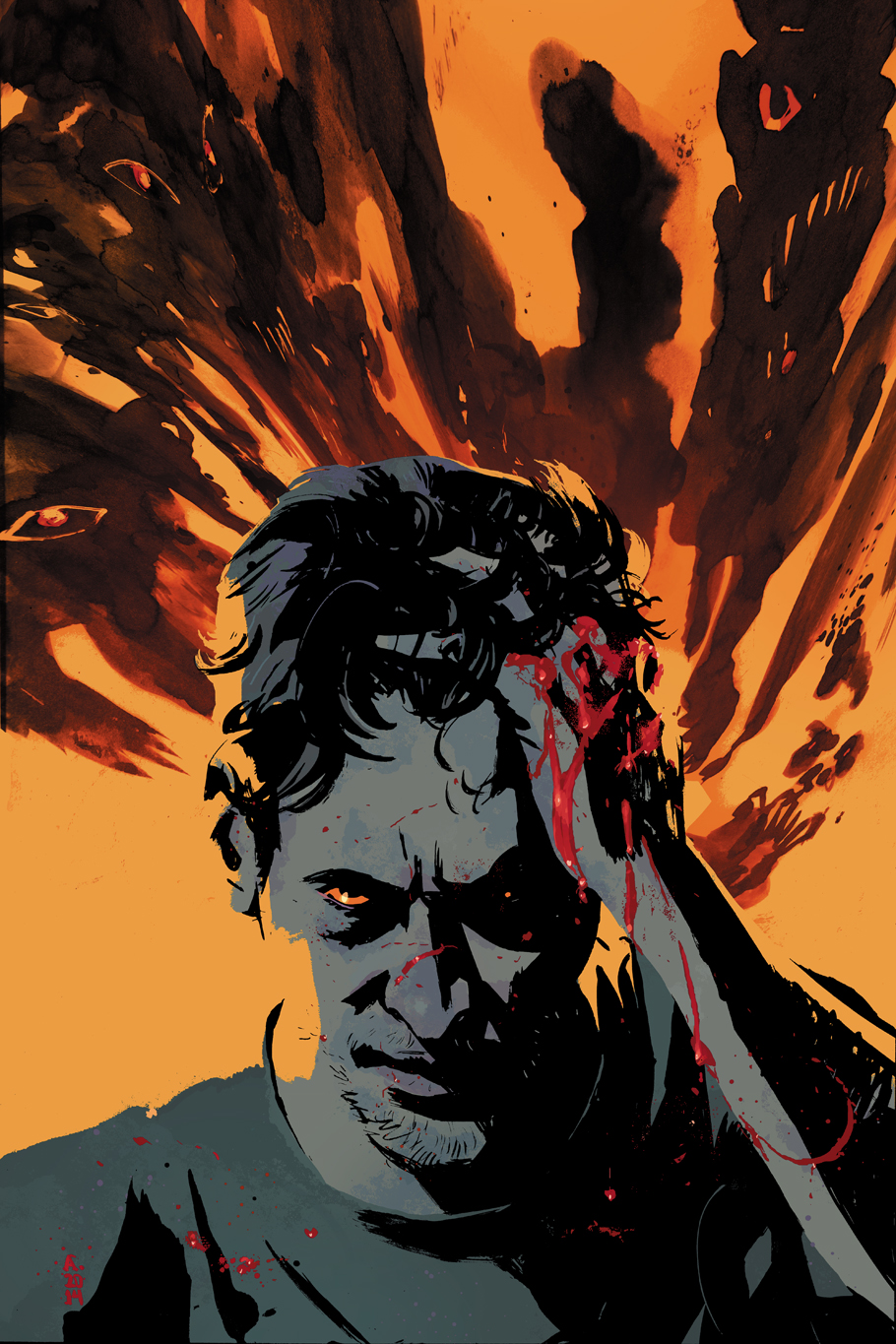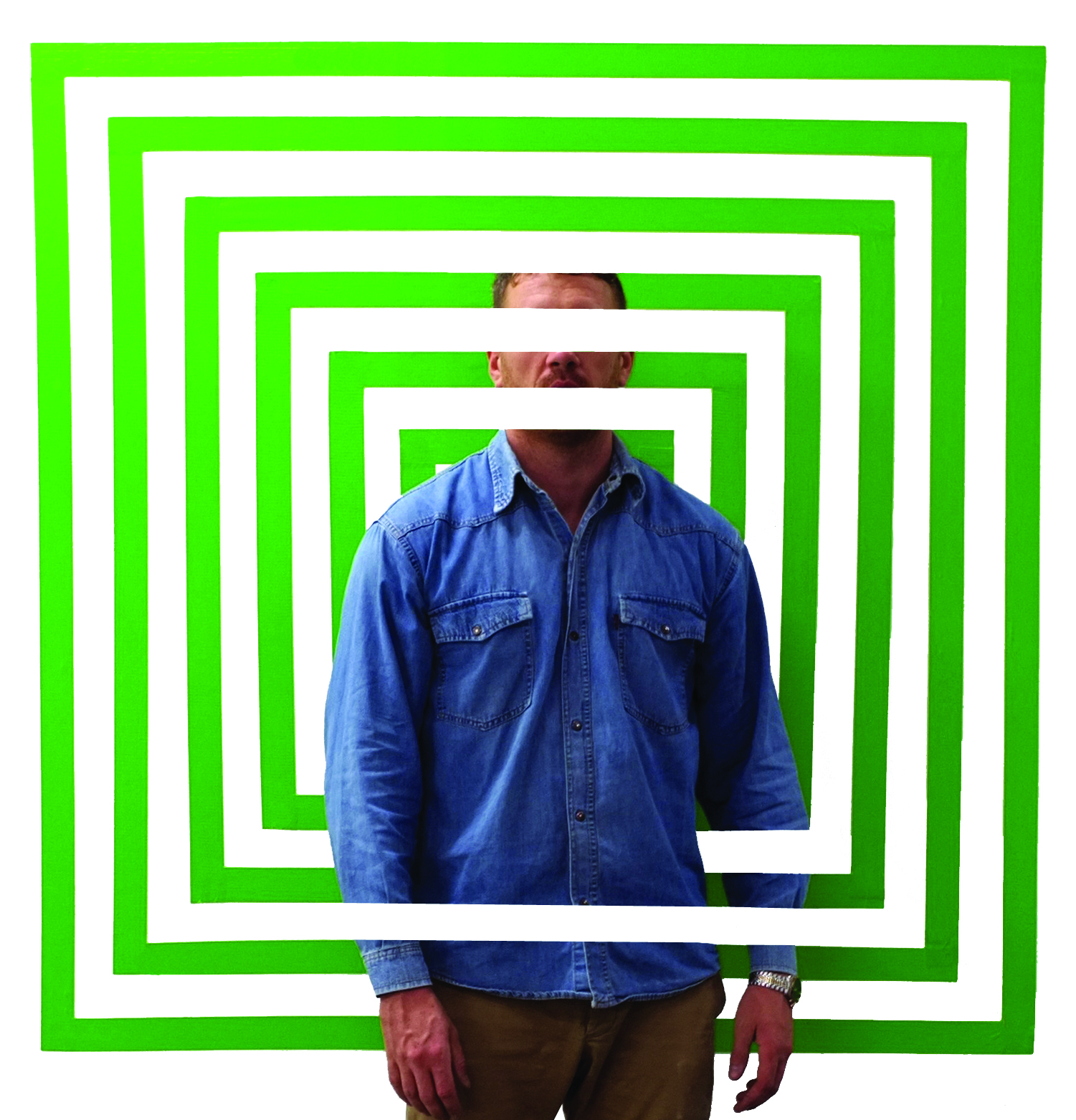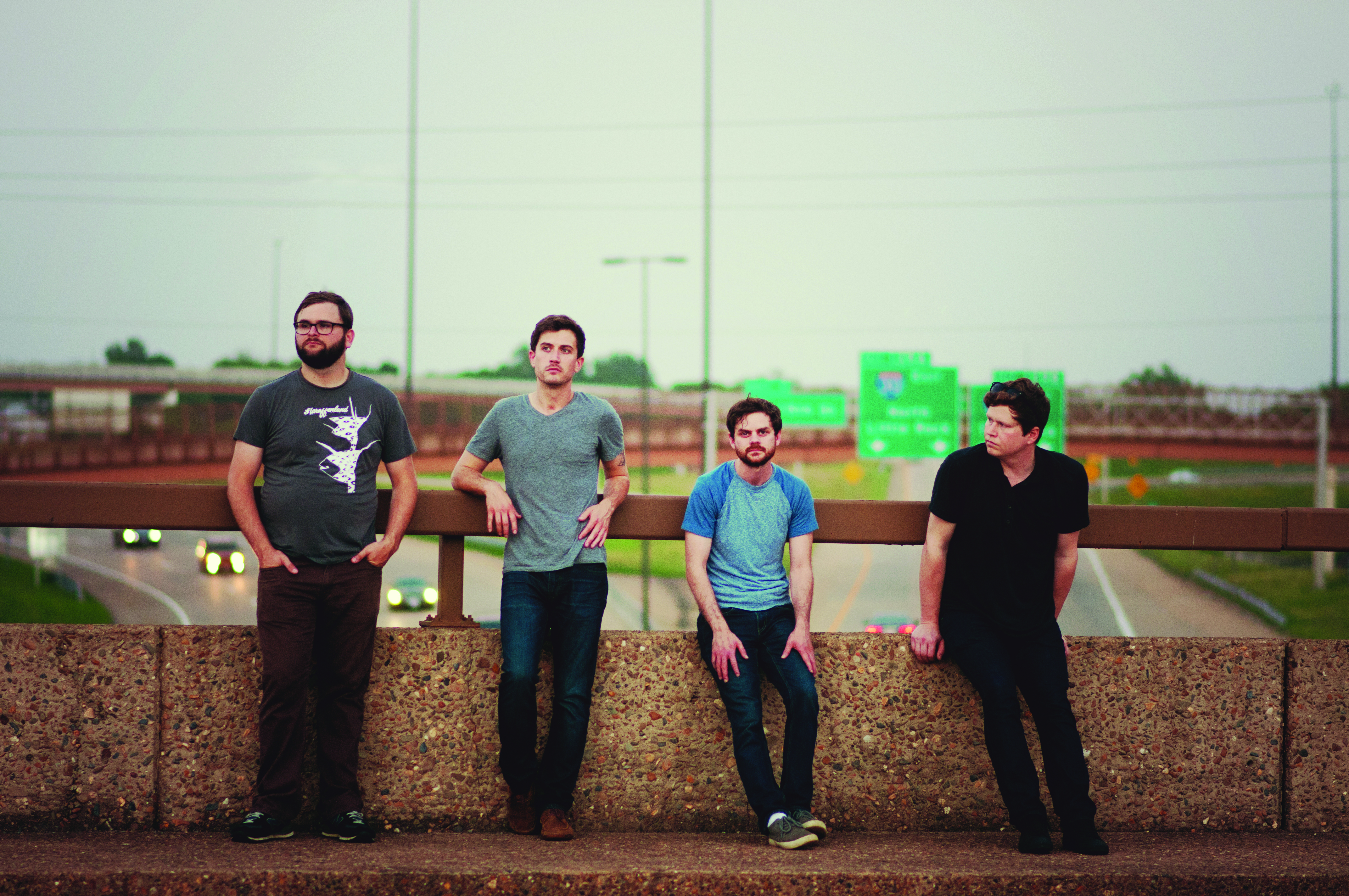ARTISTS WE LOVE: Elizabeth Breitweiser

INTERVIEW / DAVE MORRIS
Elizabeth Breitweiser has taken a nontraditional route to working in the comic book industry. She holds a fine arts degree from Harding University and previously worked as an art instructor at Central Arkansas Christian Schools in North Little Rock while selling paintings through local galleries on the side. Her husband Mitch, who worked as an illustrator for Marvel Comics, opened the door for her when she did a few pages on spec as a colorist for a Captain America comic. They liked what they saw and soon she was coloring most of Marvel’s big names – the Hulk, Spider-Man, X-Men. Now her career has gone to the next level as she is currently the colorist on Walking Dead creator Robert Kirkman’s new book Outcast, published by Image Comics, which is incidentally one of the hottest new titles of 2014. It has even been optioned by Cinemax. The Idle Class recently had the privilege of asking her some questions about her work on Outcast and what we can expect from her in the future.
 Obviously Robert Kirkman is one of the biggest names in the comic book industry today and that means “Outcast” was a very hotly anticipated title. How did you come to work on it?
Obviously Robert Kirkman is one of the biggest names in the comic book industry today and that means “Outcast” was a very hotly anticipated title. How did you come to work on it?
He contacted me out of the blue one day and asked if I’d be interested. I believe he first became familiar with my work through a series I colored at Marvel called Captain America and Bucky (with writer Ed Brubaker and artist Chris Samnee). I am a huge “Walking Dead” fan, so of course I was thrilled to hear from him. The pitch sounded fantastic and it was in a genre I had never had the opportunity to work in before. The icing on the cake was illustrator Paul Azaceta. There was no way I could pass it up!
How would you describe “Outcast” to someone unfamiliar with comic books?
Outcast would be a great first read for someone unfamiliar with the comic book medium. A new reader can pick up Outcast and enjoy it right away without having to know any back history like you typically do with classic superhero comics. “Outcast” itself is a story centered around a young man named Kyle Barnes whose entire life has been ruined by demonic possession. When you first meet Kyle, he is at absolute rock bottom. With nothing left to lose, he embarks on an epic journey to fight back and find answers. What he uncovers could bring about the end of life on earth as we know it.
How is working on “Outcast” and with Paul Azaceta different than your previous work?
I’ve never quite worked on a book like “Outcast” before. Story wise, this is my first time to work on a full-blooded horror comic, and art-wise, it’s my first time to be able to work in a more graphic style of coloring. These two aspects allow for impactful, moody, disharmonic color
theory, and I’m having a crazy amount of fun experimenting. One other thing that’s new to me is Robert and Paul’s use of micro panels. These are just tiny little insets that highlight the expression on a character’s face, or create focus on some other detail going on in the scene that the reader might otherwise overlook. These micro-panels really serve to add a heightened sense of awareness and atmosphere to the page, and allow me to use little punches of color for storytelling in interesting ways.
As a colorist, does it necessarily require a different approach than say a traditional super hero comic book?
It all depends on the writer and artists a colorist works with, but I would say that independent comics like “Outcast” allow for a bit more freedom to experiment and play than what’s allowed at Marvel or DC. Coloring traditional superhero books can be somewhat restrictive in the sense that you have to work around preset colors for characters/costumes and sometimes settings. There’s also a “house style” that you can’t typically stray too far away from. Though, for the record, Marvel did let me experiment a lot and get away with stuff out of their norm.
 What is your favorite thing about working on “Outcast” thus far?
What is your favorite thing about working on “Outcast” thus far?
The anticipation of reading each new script and receiving fresh pages! I am genuinely hooked on Robert’s skillful and character-driven writing and Paul’s moody and atmospheric artwork. It’s like having little presents pop up in my inbox, and my nerdy colorist brain gets so excited to put together the pieces of the color puzzle.
Do you have any other projects coming up or will you be doing “Outcast” long-term?
In addition to “Outcast,” I work with writer Ed Brubaker on all of his Image projects. We just finished up the Fatale series with artist Sean Phillips, and launched a new titled called The Fade Out. [W]e can’t wait for everybody to see it. I’m also working with Ed and artist Steve Epting on “Velvet.” That’s been exciting in and of itself as it is the first time Steve and Ed have worked together since their epic run on Captain America.
“The Fade Out,” “Velvet” and “Outcast” are my current monthly ongoing titles and I plan to work on all three long term. In addition to these, I’m also coloring two oversized graphic novels; one through Image called Crooked Man with Gabe Hardman and Corinna Bechko, and the other called Blood & Stone with Sean Womack and my husband, Mitch.
What should those of us who read and enjoyed the first issue of “Outcast” expect going forward?
Lots of twists and turns and spine-tingling chills and thrills! It’s going to be a sprawling and epic journey, so I hope everybody is ready to buckle in!
Aside from the success of Robert Kirkman’s Skybound books, Image Comics in general has seemingly enjoyed a major renaissance these past few years. This isn’t your first or only project with Image. How is working for Image — is anything about it better or worse than working with “The Big Two” or a smaller indie?
I love working for Image. They’ve really raised the bar in this industry by nurturing creator-owned properties. It’s a whole different ballgame than Marvel or DC. For an artist, landing a job with one of “The Big Two” is a dream come true. They pay well and you have the opportunity to get your name out there while working on world-famous and iconic characters. At the end of the day though, you will never own those characters and will only ever see minimal royalties for you efforts. At Image, you retain 100 percent [of the] rights and profits for what you create, and that is very exciting and appealing to creators. It’s a real game changer.
Arkansas isn’t traditionally known as a hot bed of comic book artistic activity. As you continue to work on high profile projects such as “Outcast,” is there any chance you’ll abandon the Natural State?
Both of our families are here so no matter where we end up, Arkansas will always be home. The beautiful thing about this industry is that you can live and work anywhere and, right now, we choose to be here.
VISIT: BREITWEISERHAUS.COM





1 comment
I love this article!